Winnie the Pooh
Once upon a time — well, over 80 years ago — a British playwright named Alan Alexander Milne scribbled some lighthearted verses about a boy and his constant companion, a dimwitted bear who couldn't get enough honey.
Winnie the Pooh was an immediate sensation. Milne spent the rest of his life trying to escape the suffocating shadow of his cuddly creation. Even today, people can't get enough of that silly old bear.
Pooh has become a $1 billion-a-year industry. Disney has put Pooh and his forest friends in movies and computer software, on its ABC television network and on videotapes and DVDs. There's Pooh fruit juice and Tigger telephones. Pooh Beanie Babies dressed in satiny feng shui robes and leather-like black biker jackets. Piglet cookie jars. Pooh chopsticks. A toaster that plays a Pooh jingle while toasting bread in a pattern that resembles the bear's face.
At Tokyo Disneyland, visitors wait two hours to ride Pooh's Honey Hunt — the park's most popular attraction.
A.A. Milne was one of Britain's most popular playwrights in the early 1920s. At one point, five of his comedies were playing at the same time in London and New York.
In 1920, Milne and his wife, Daphne, had their only child, Christopher Robin Milne. They gave him stuffed toys, including a bear, a tiger, a kangaroo and a donkey whose neck grew limp from the boy's affection.
Mother and child would play together, creating stories and voices for the animals. Milne used this as inspiration for a 1924 poem about a boy and his teddy bear, and he later created the cast of "Winnie-the-Pooh," published in 1926. The book's hero was a boy named Christopher Robin.
The "bear of little brain" and his playmates had personalities and enduring charm. The simple line drawings of Ernest H. Shepard brought the characters to life. The four Pooh books have sold more than 50 million copies in 33 languages.
Related stars
|
|
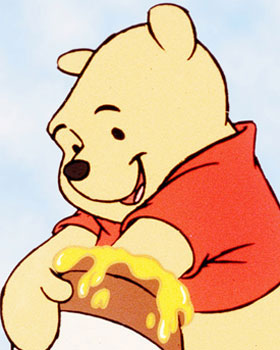
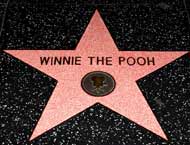
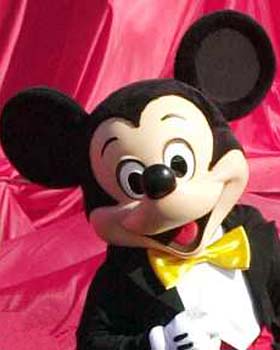
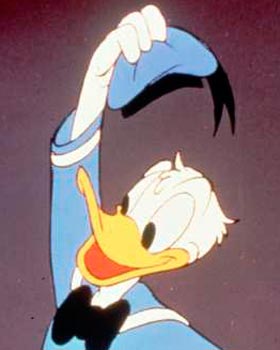
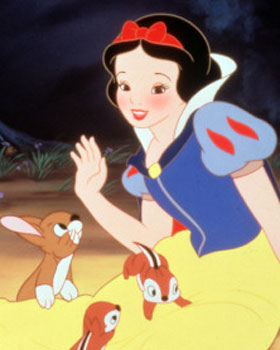
Share a thought about Winnie the Pooh